Damascus – Qasr al-Azem دمشق – قصر العظم
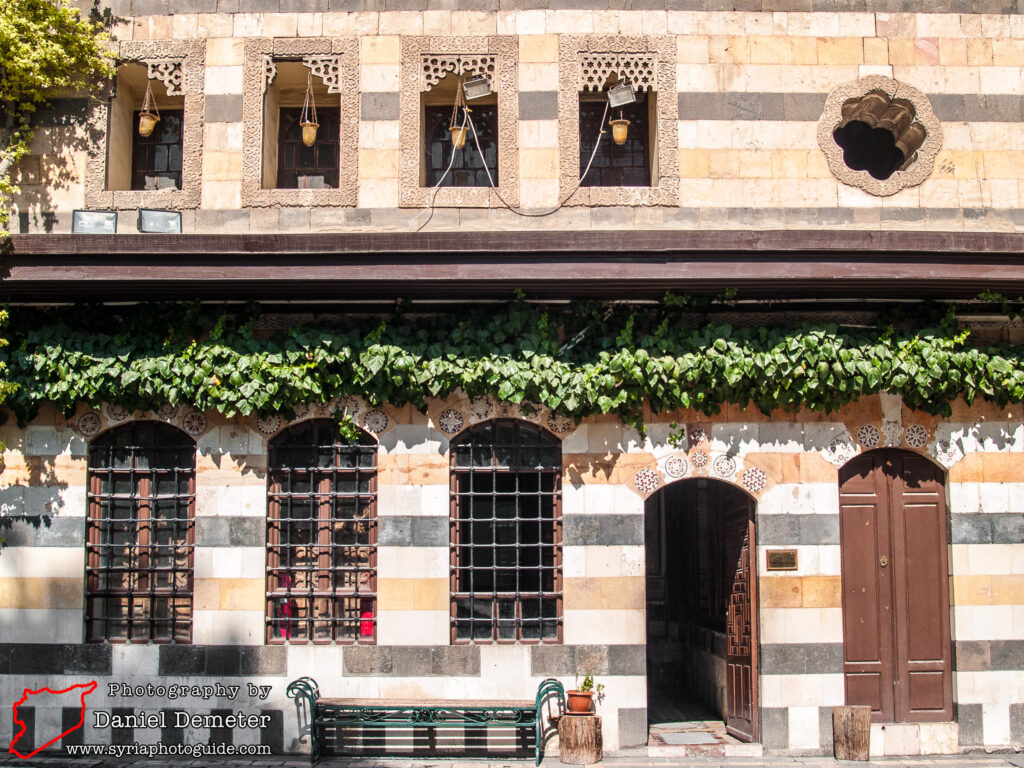
Qasr al-Azem (قصر العظم) is the most impressive and well-known of the historic residences in Damascus (دمشق). The palace was constructed in 1750 as the residence of Assad Basha al-Azem (أسعد باشا العظم), who served as the Ottoman governor of the city from 1743 until 1757. It was built upon the foundation of an earlier palace that was constructed under the Mamluk governor Tankiz (تنكيز), some remnants of which are now located in the National Museum (المتحف الوطني).
Assad Basha al-Azem (أسعد باشا العظم) was a member of the prominent al-Azem (العظم) family, which governed many cities throughout Lebanon and Syria during the 18th century. Prior to inheriting the governorship upon his father’s death in 1743, Assad Basha al-Azem (أسعد باشا العظم) resided in Hama (حماة), where he also constructed a palatial residence. He was favored by Ottoman authorities as governor for ensuring the safe passage of annual pilgrimage caravans heading to Mecca and Medina, a task of major importance to the Ottoman sultan. He also relaxed restraints on the local Christian population and was responsible for the construction of the nearby Khan Assad Basha (خان اسعد باشا). His relationship with Ottoman authorities soured over the years, and he was removed from power in 1757. He was executed shortly after his removal from office, accused of inciting a Bedouin attack against a pilgrimage caravan.
The palace, now housing the Museum of Popular Traditions (متحف التقاليد الشعبية), is one of the most extravagant examples of traditional domestic architecture in Damascus (دمشق). Several types of stone, including limestone, sandstone, basalt, and marble, were used in construction of the palace. These contrasting stones provide natural decoration for the structure. The interiors of many rooms feature painted wooden ceilings depicting natural scenes. Visitors enter the palace into the salamlik, or guest wing, which comprises the formal halls, reception areas and large courtyards. The courtyards include several fountains and are lined with trees and overhanging vines. Today, the rooms surrounding the main courtyard display a collection of fine household and decorative items as well as 18th and 19th century furniture. The haremlik, or family wing, is located in the southern portion of the complex and was a private space for the residents. This wing includes the kitchen, servant quarters, and the baths, which are a replica of the public baths in the city but on a smaller scale.
Qasr al-Azem (قصر العظم) was partially reconstructed in the 1830s. In 1925, it was heavily damaged by French artillery during the Syrian revolution. It was restored again in 1930. The Syrian government purchased the residence in 1951 and opened it as a museum three years later. There is a modest entrance fee to visit.
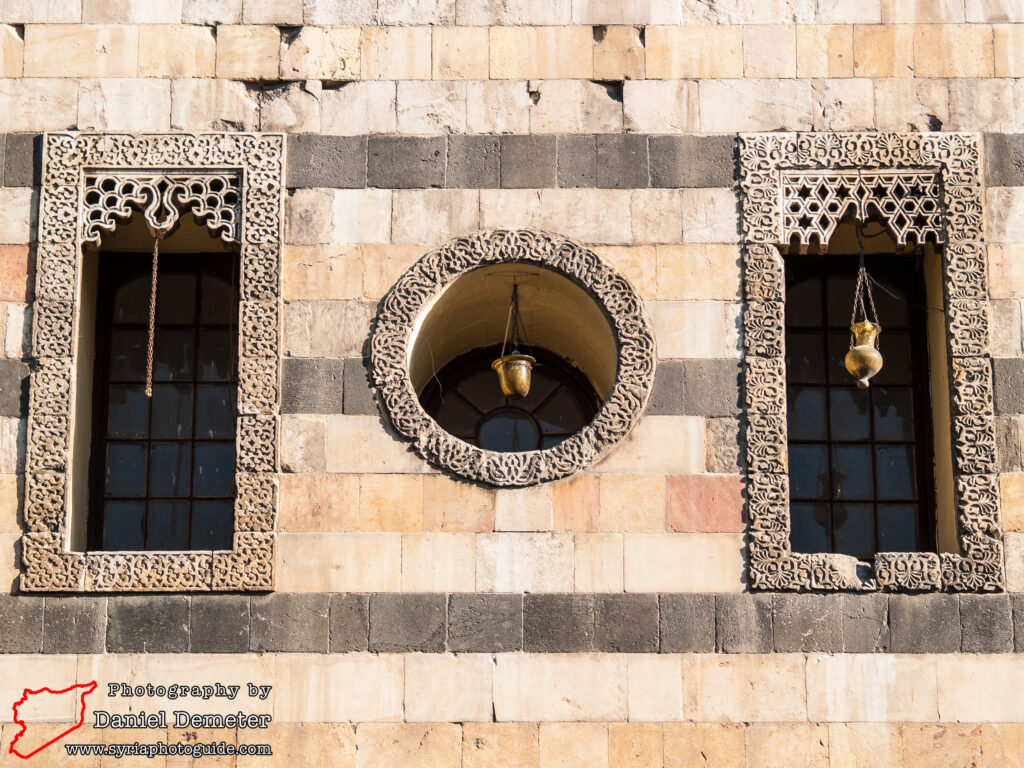
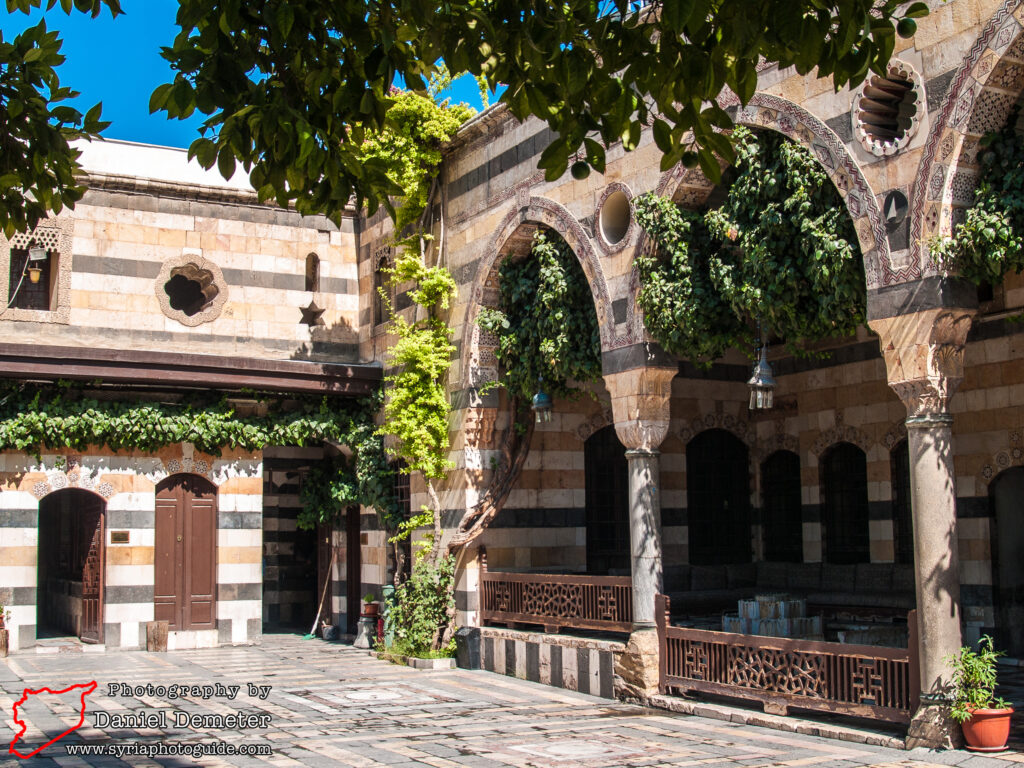
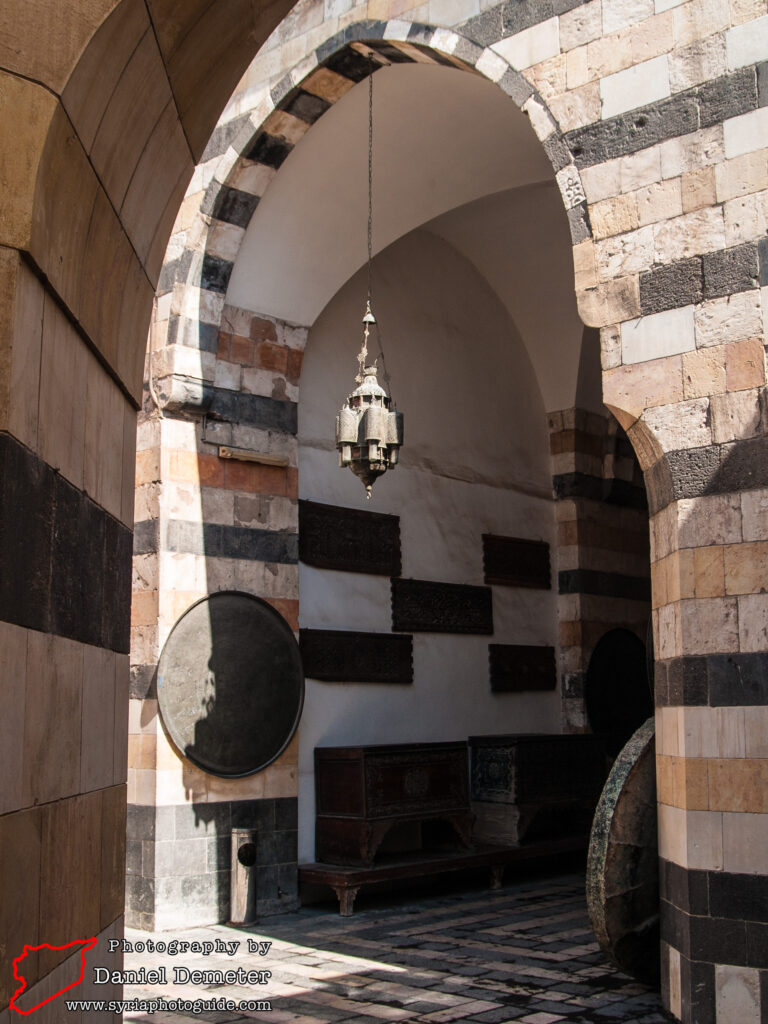
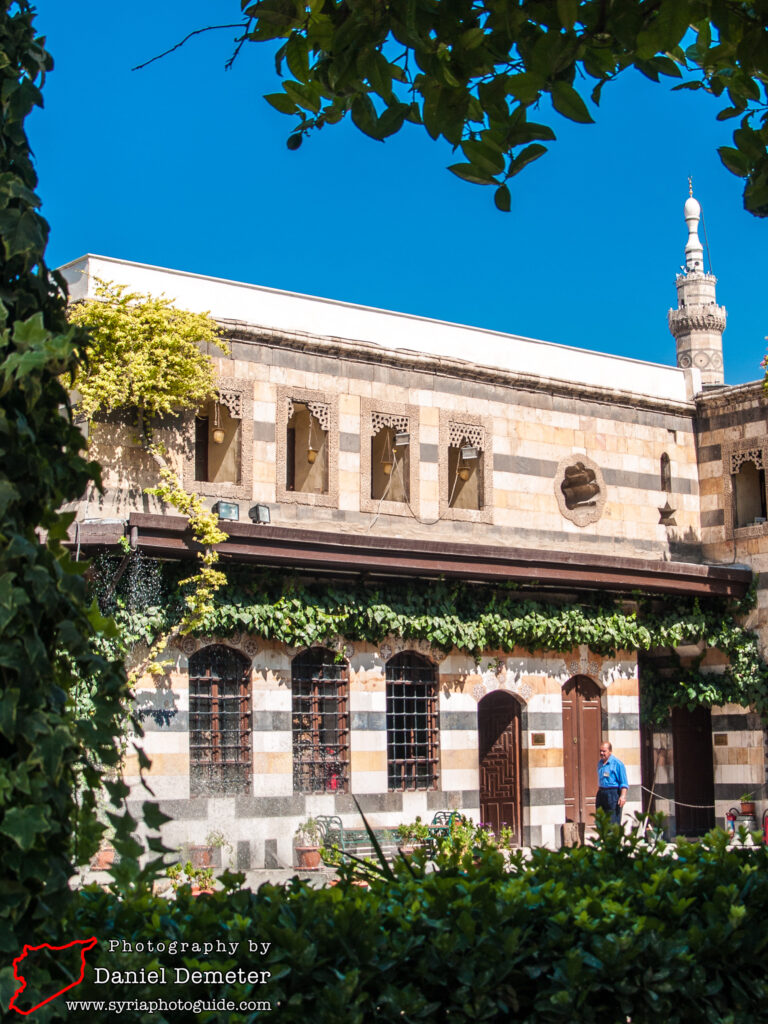
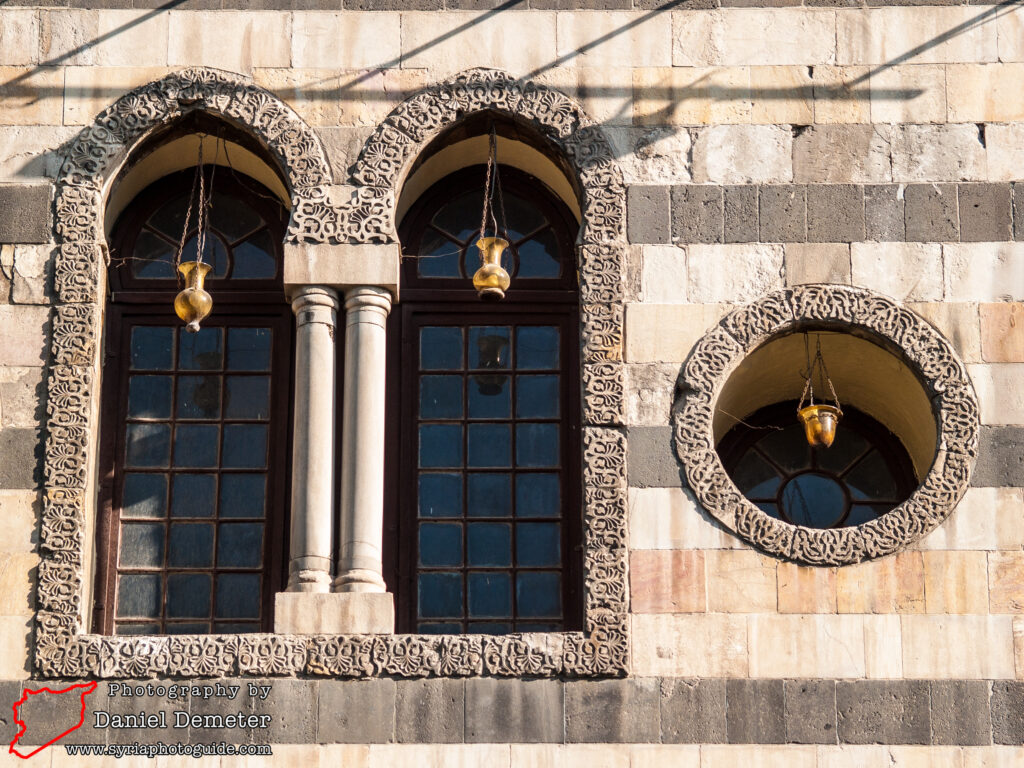
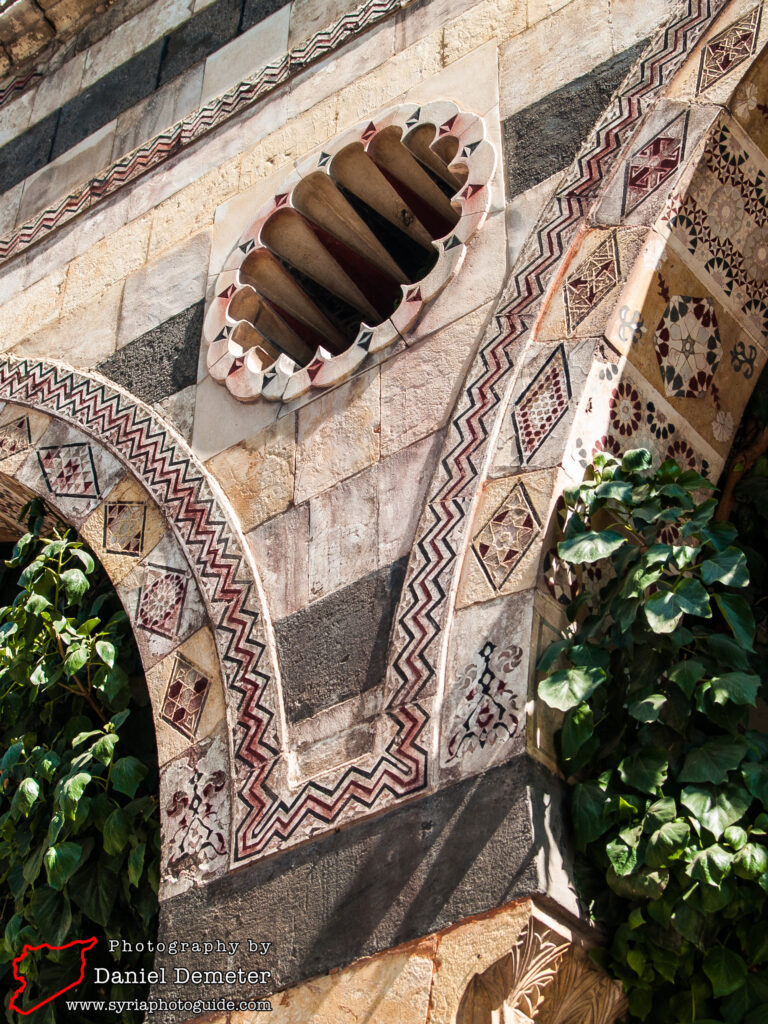
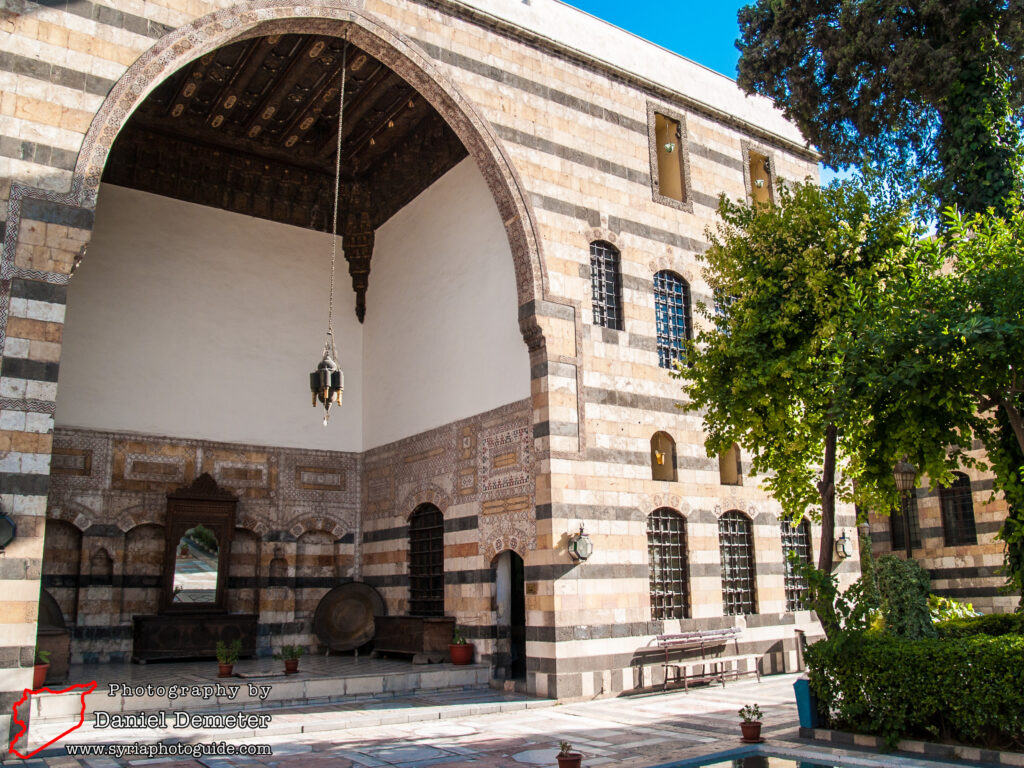
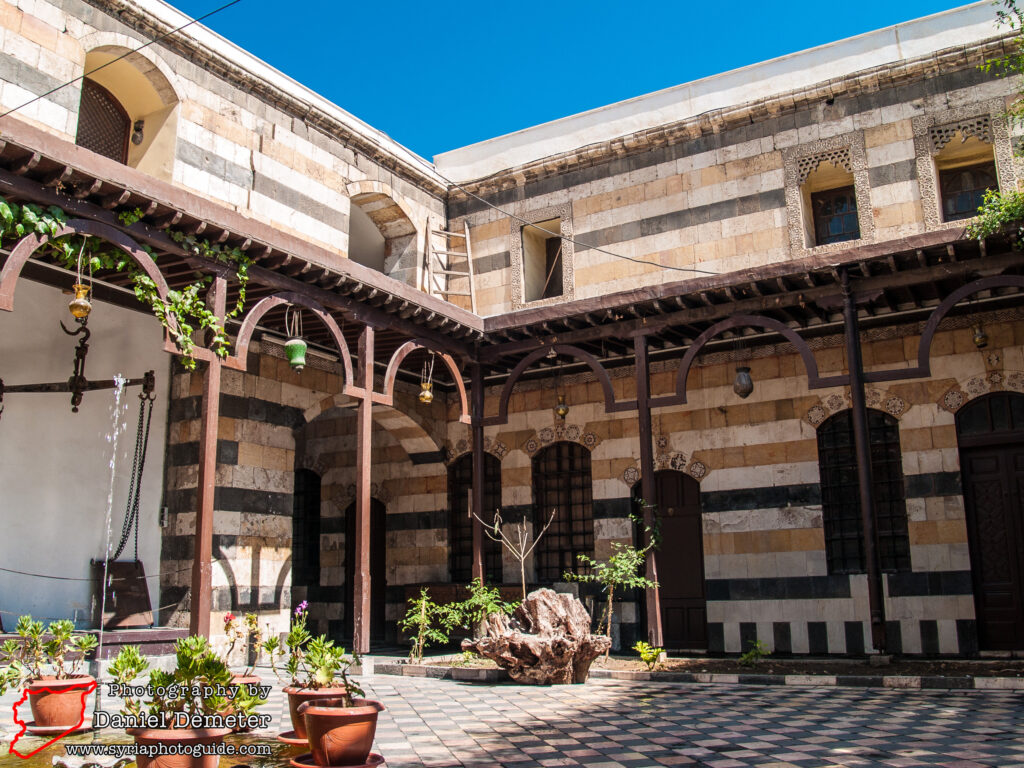
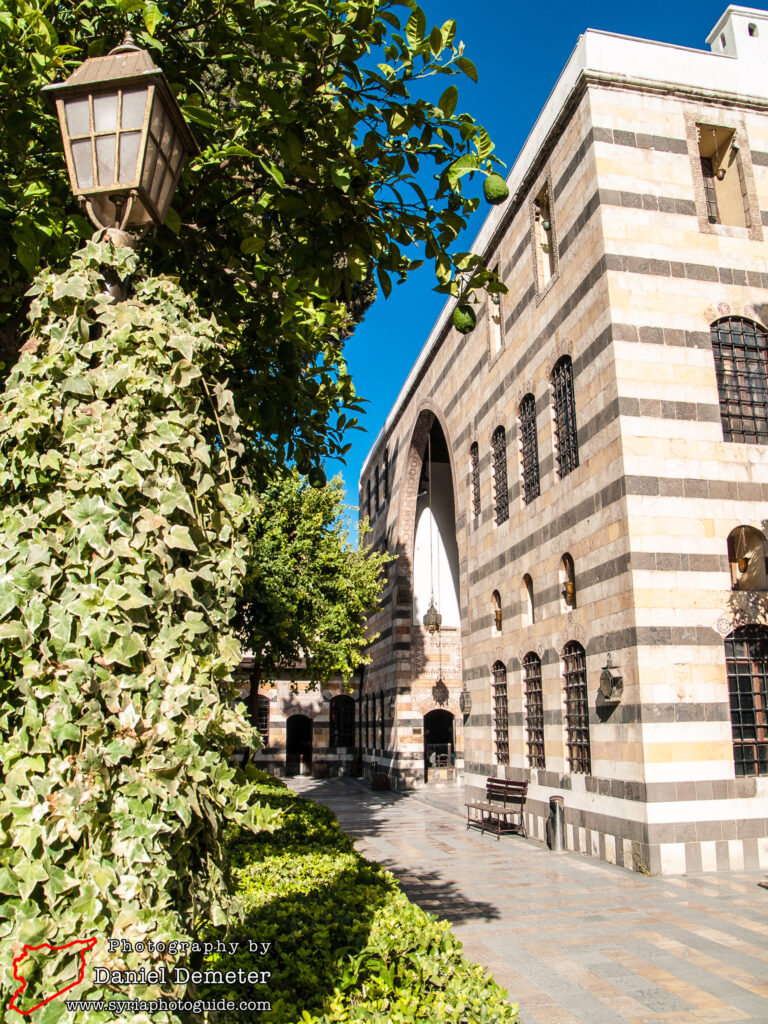
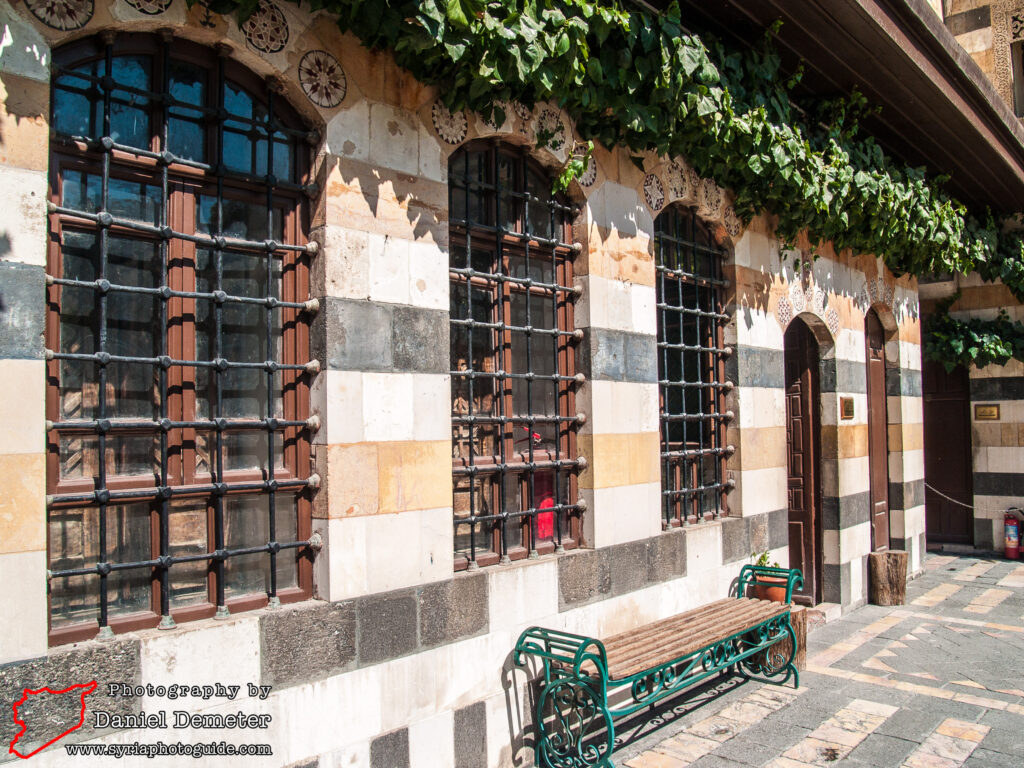
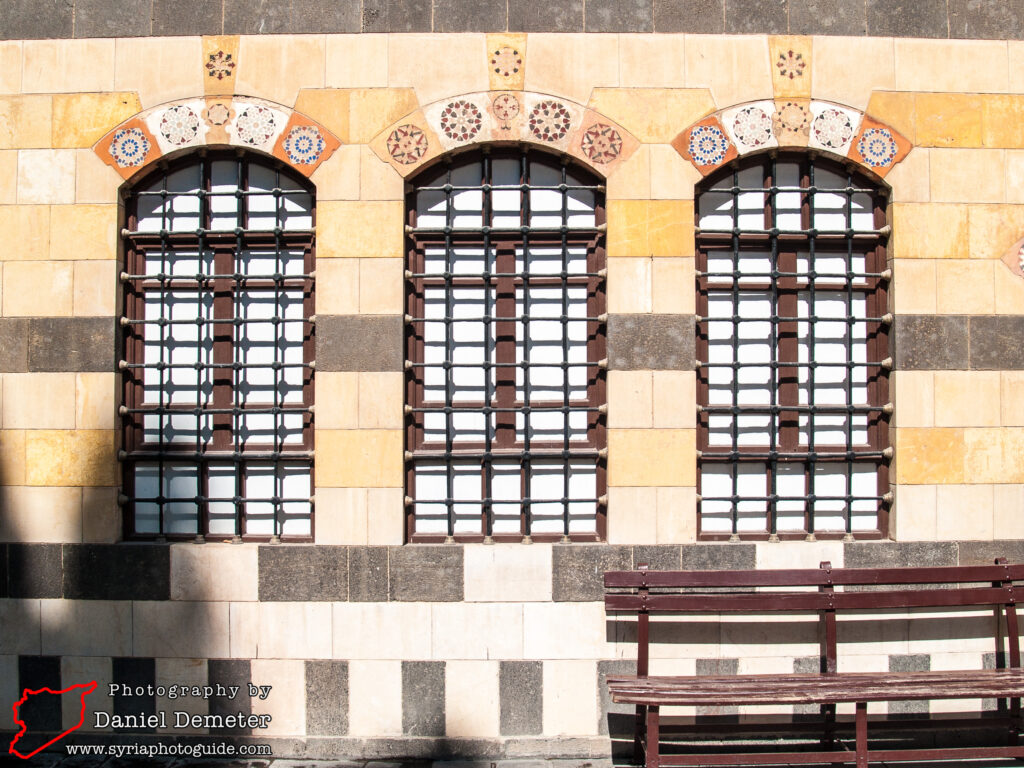
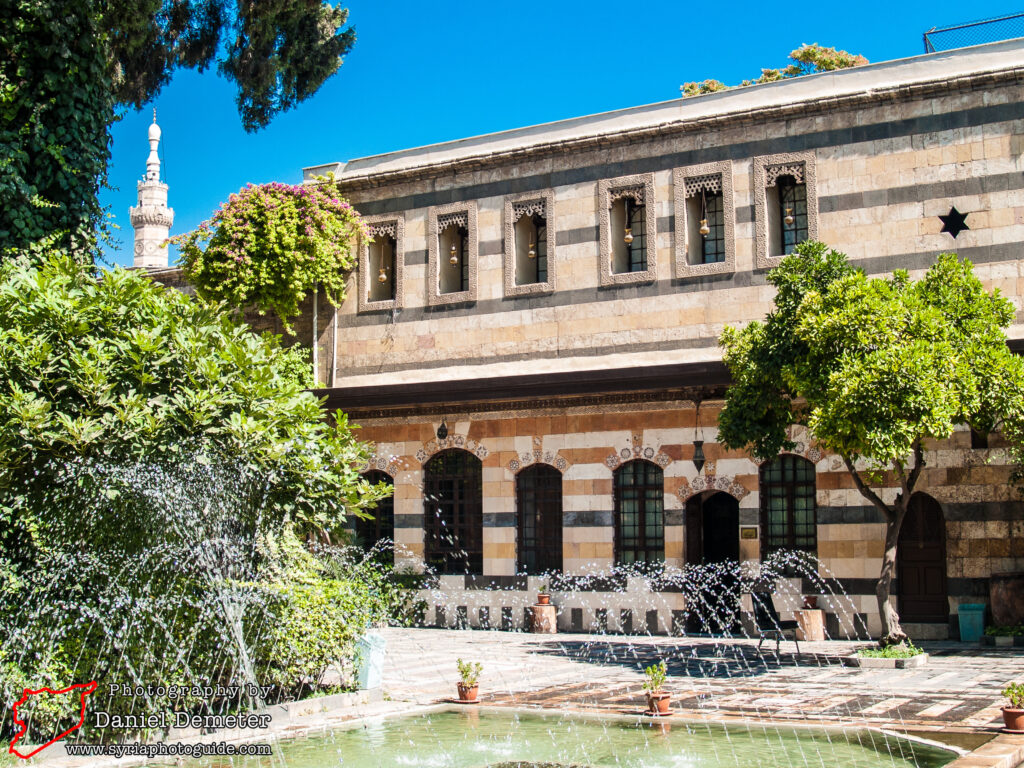
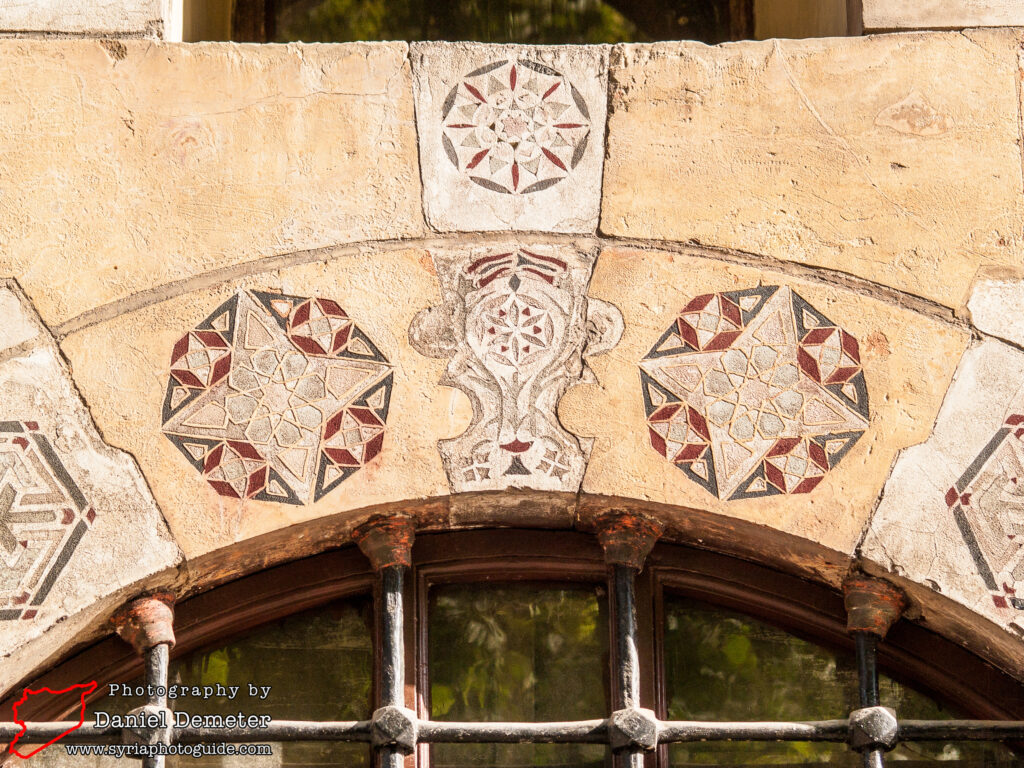
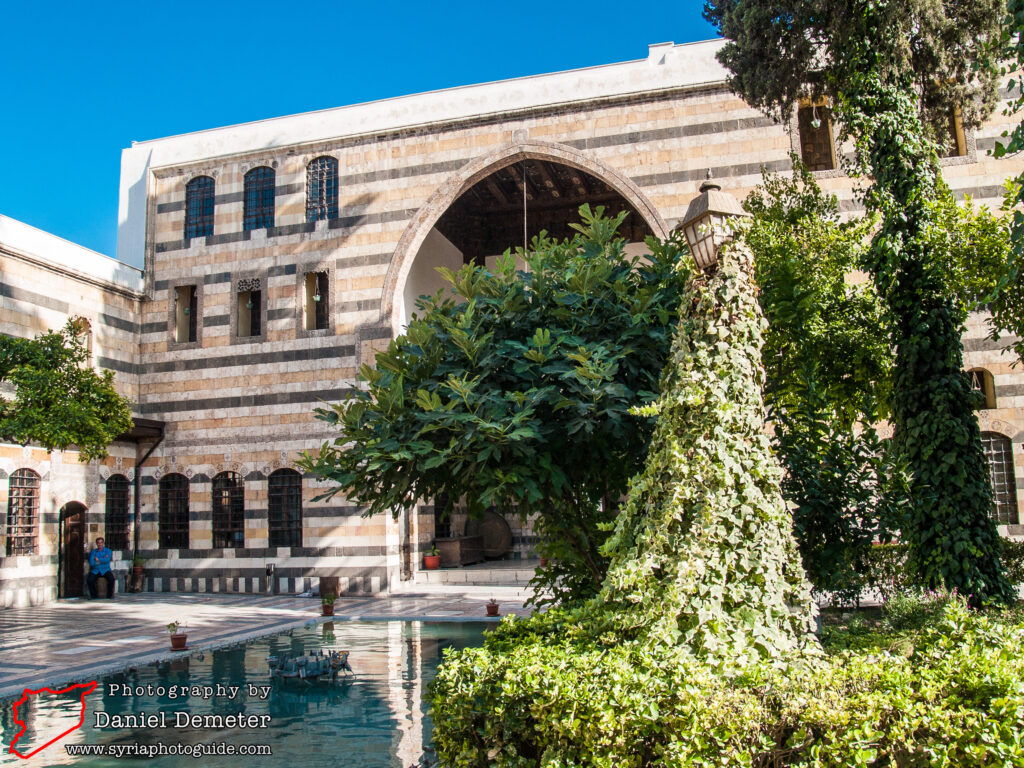
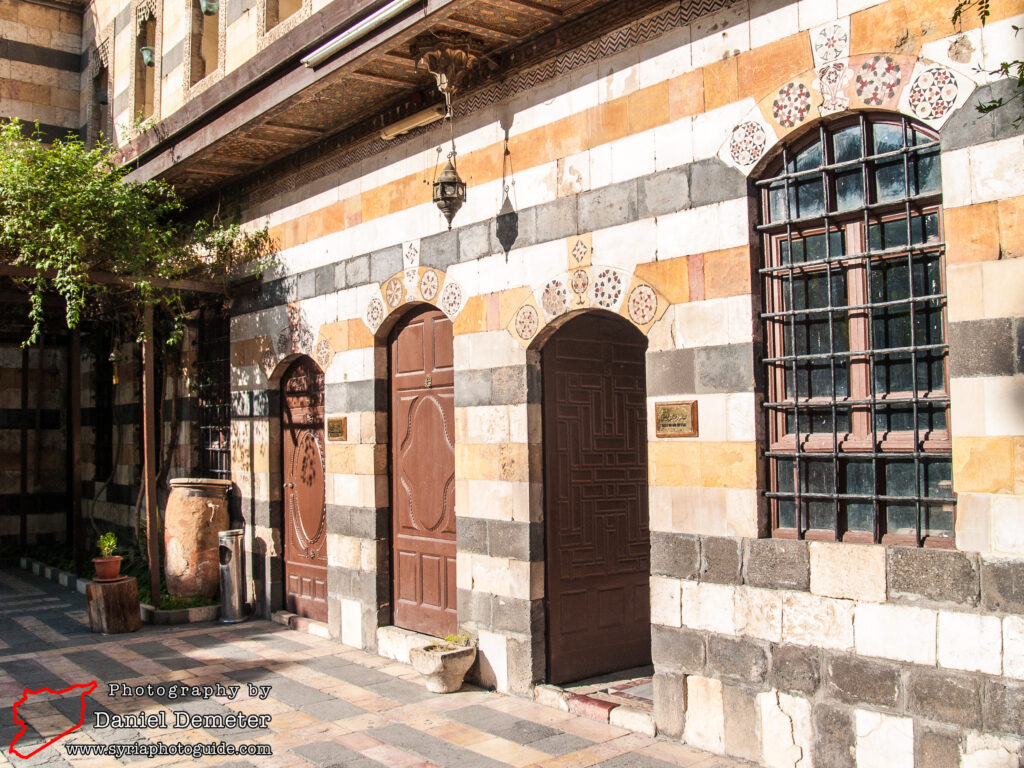
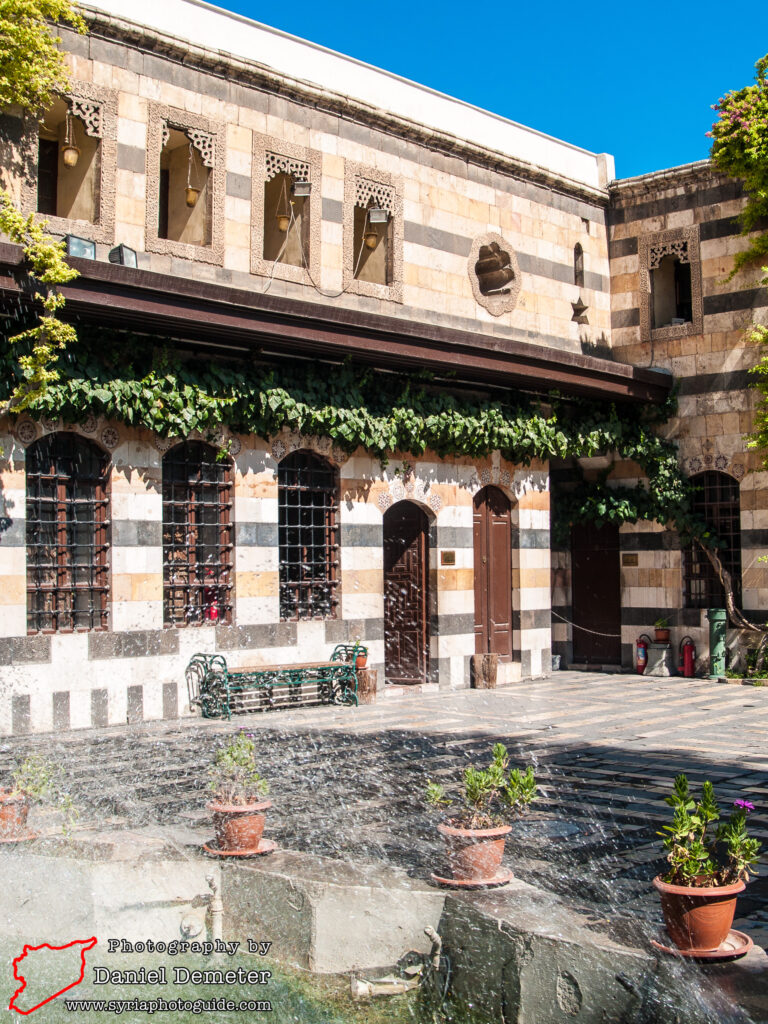
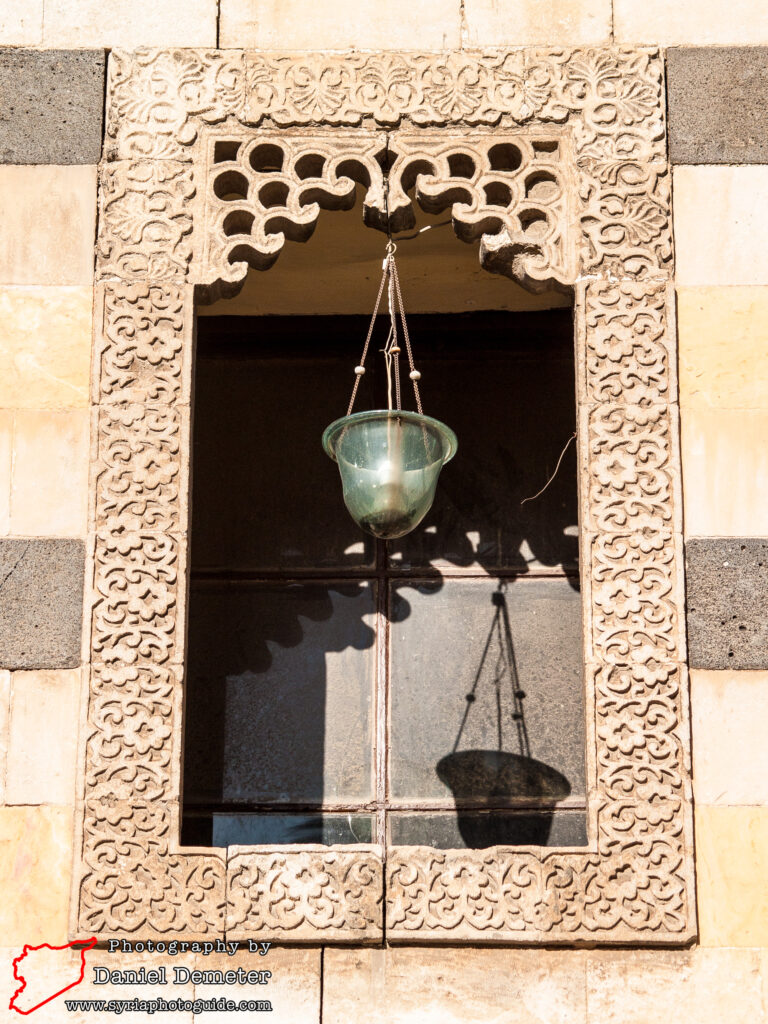
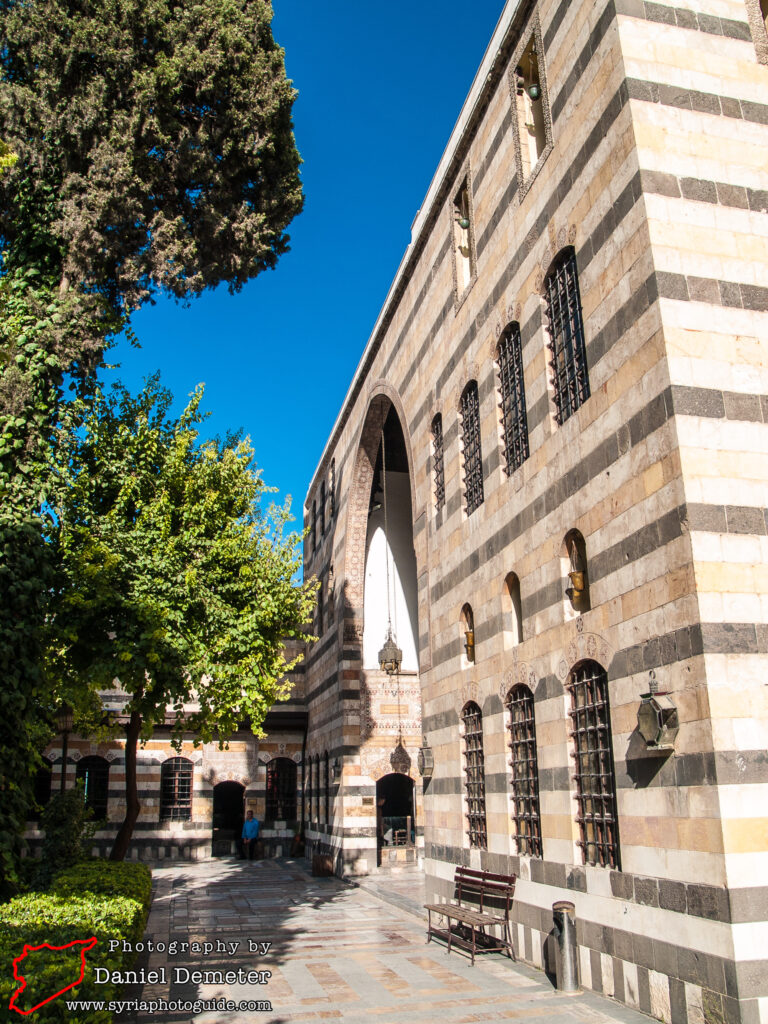
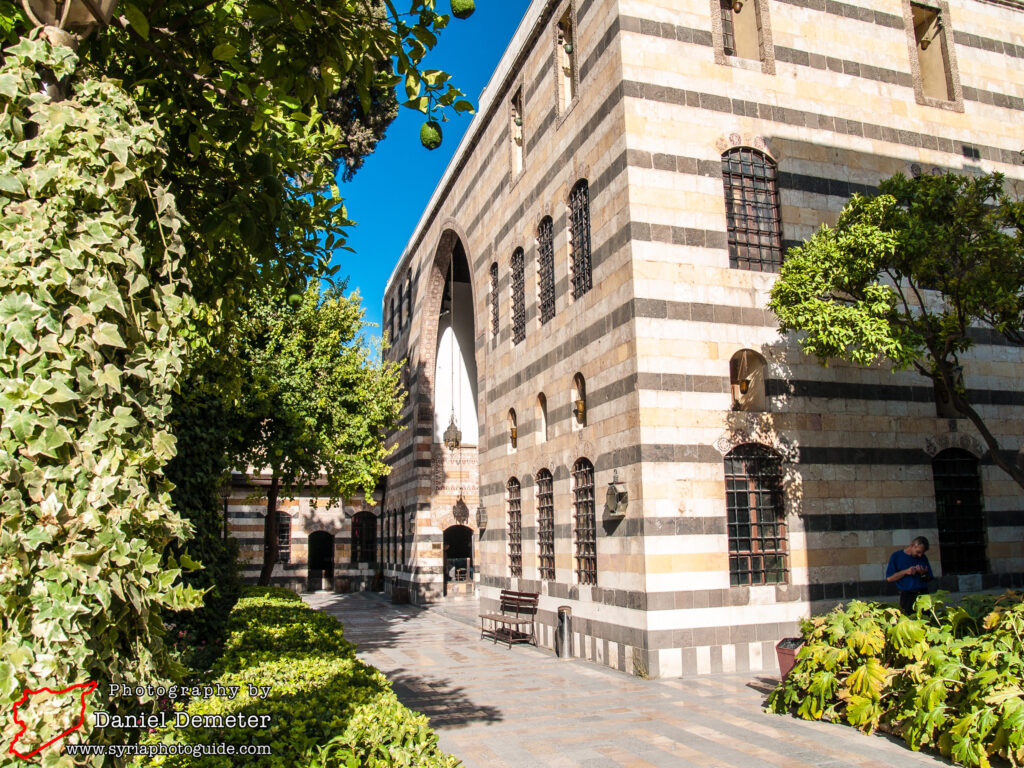
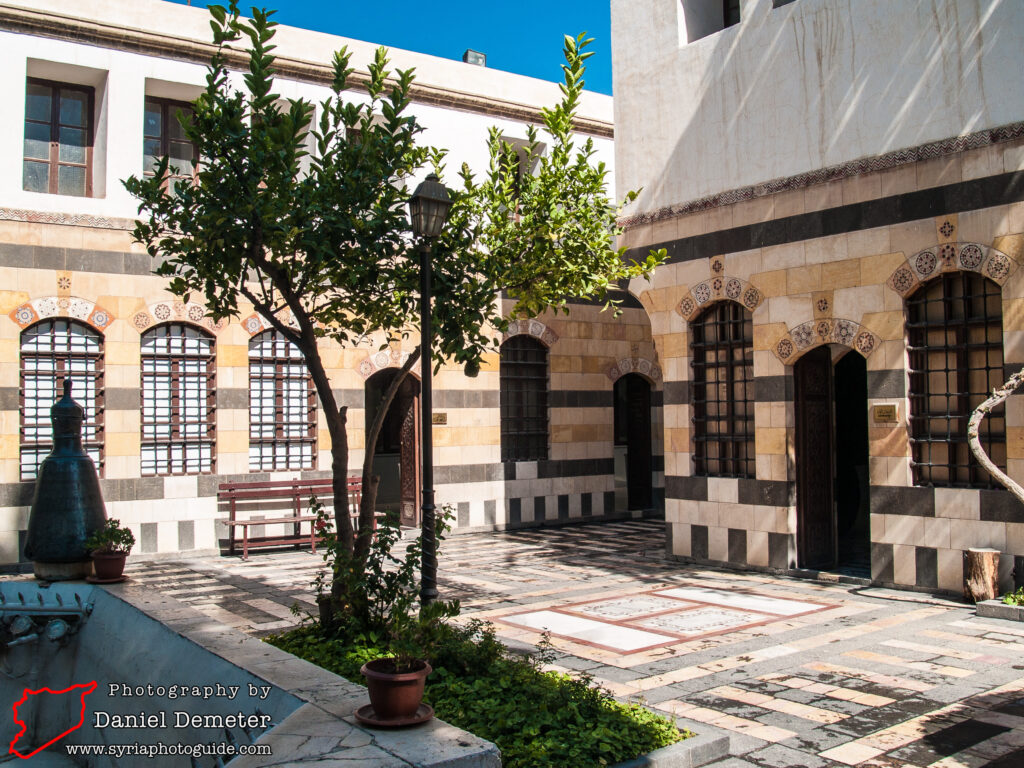
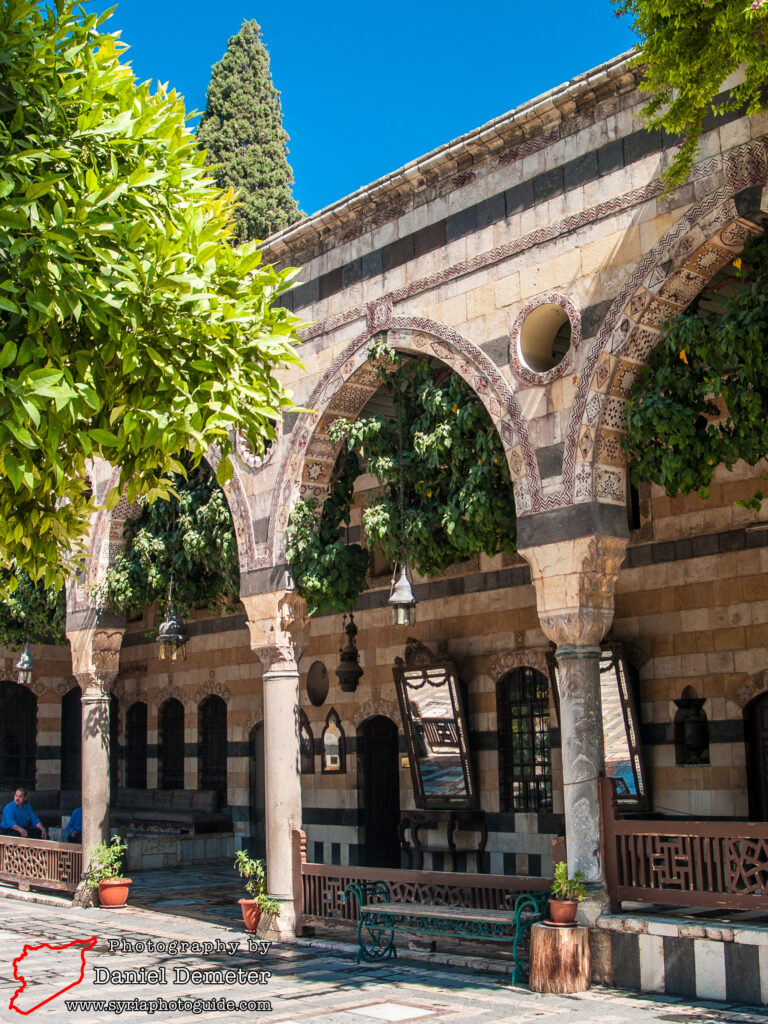
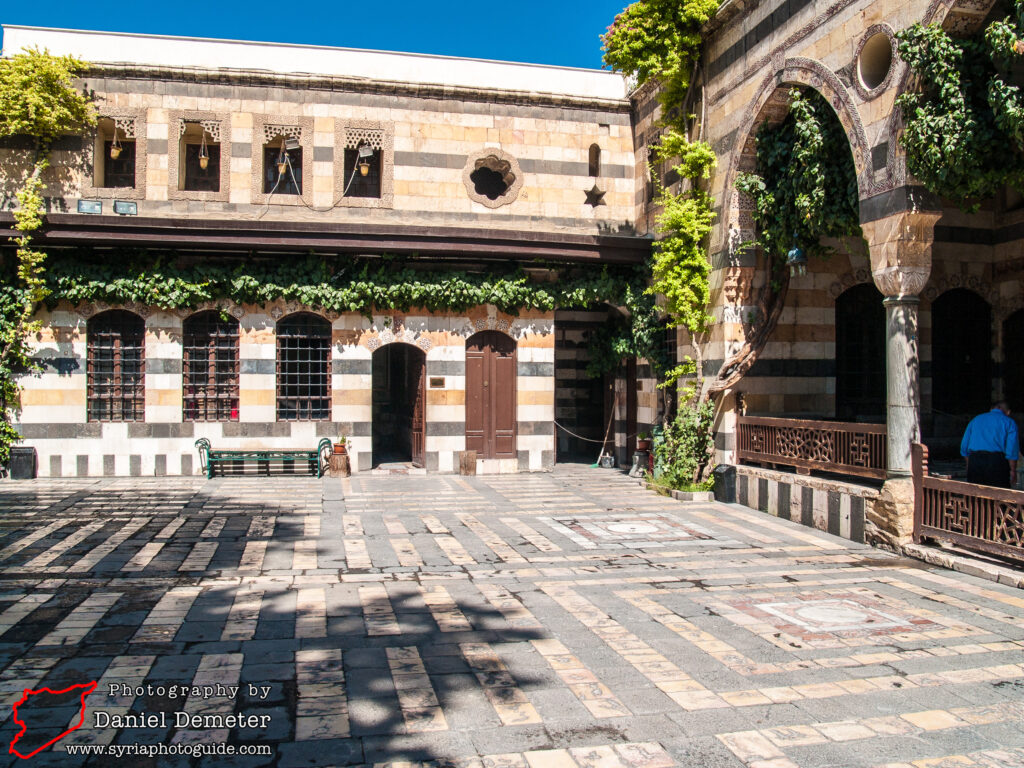
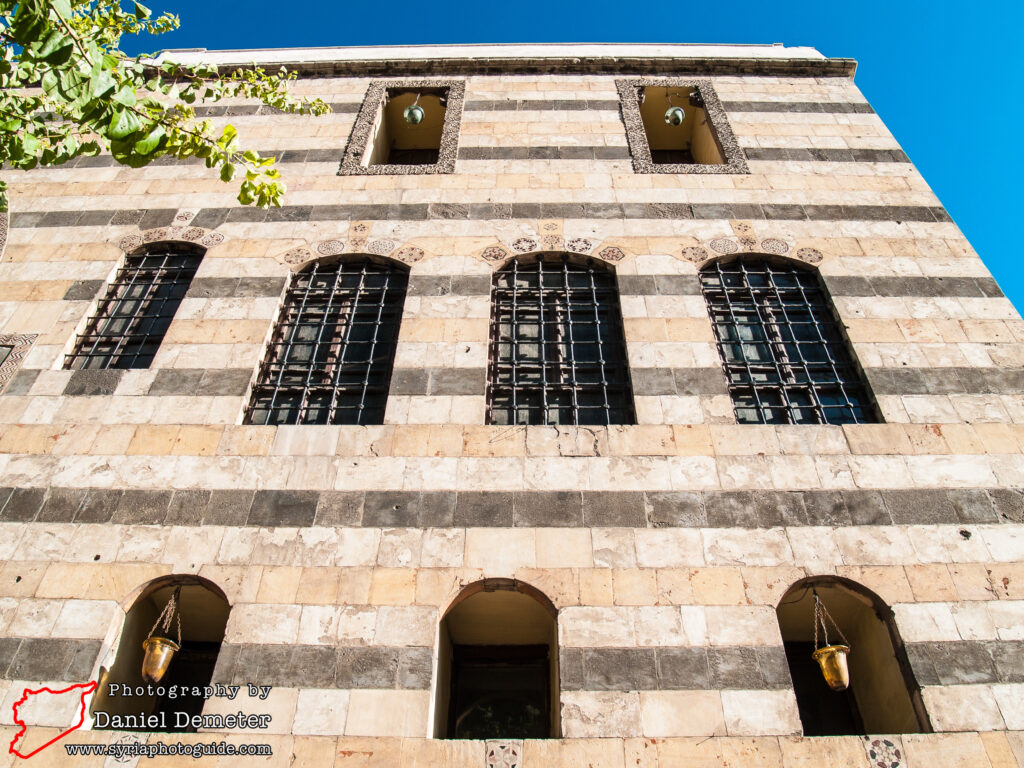

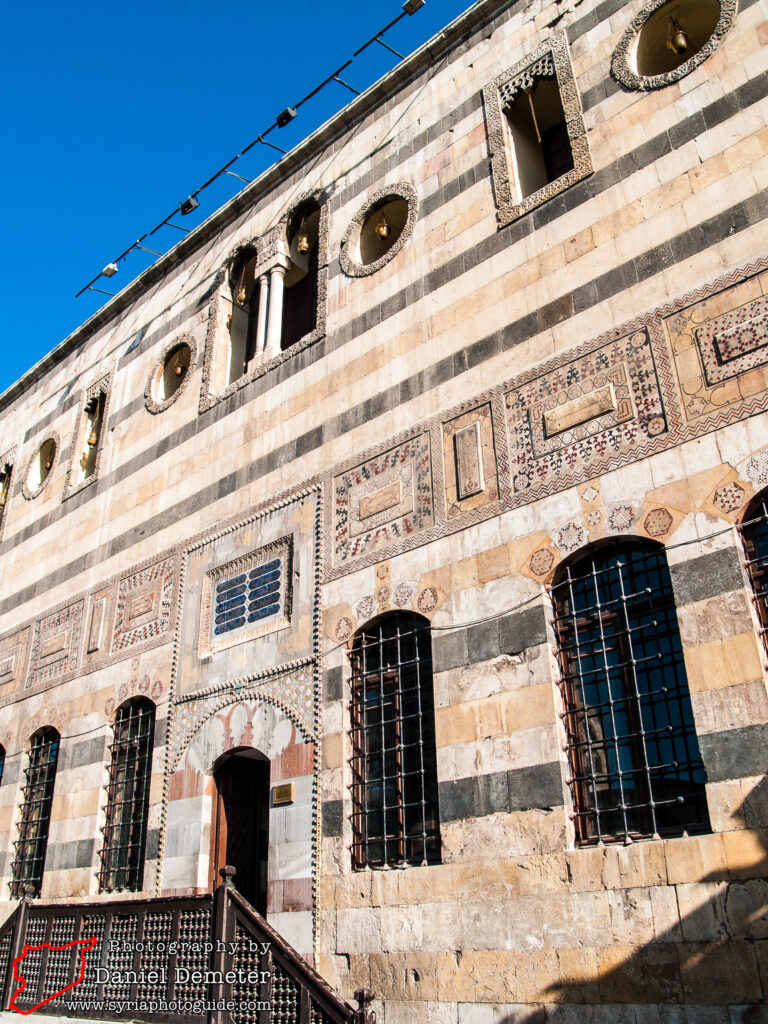
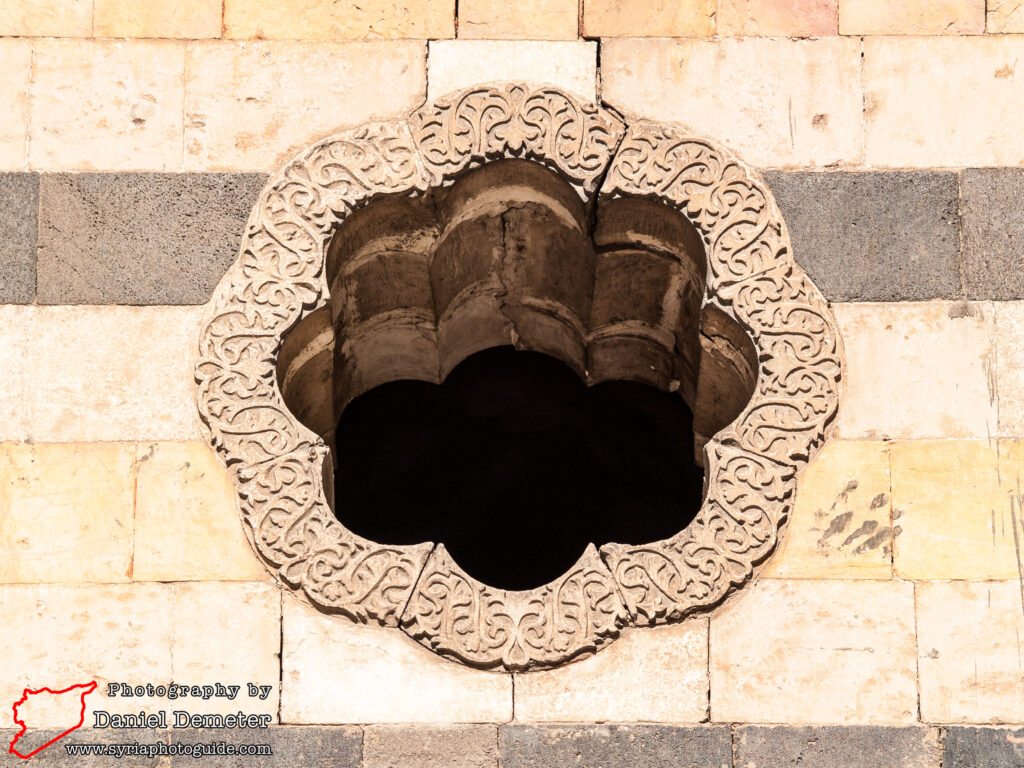
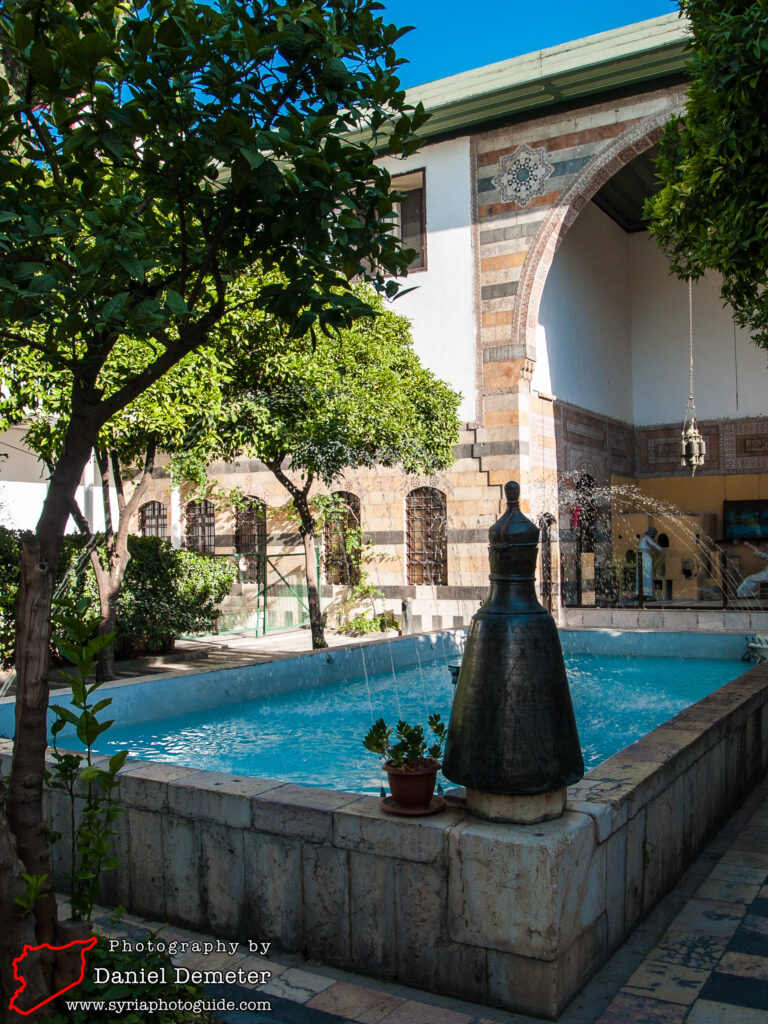
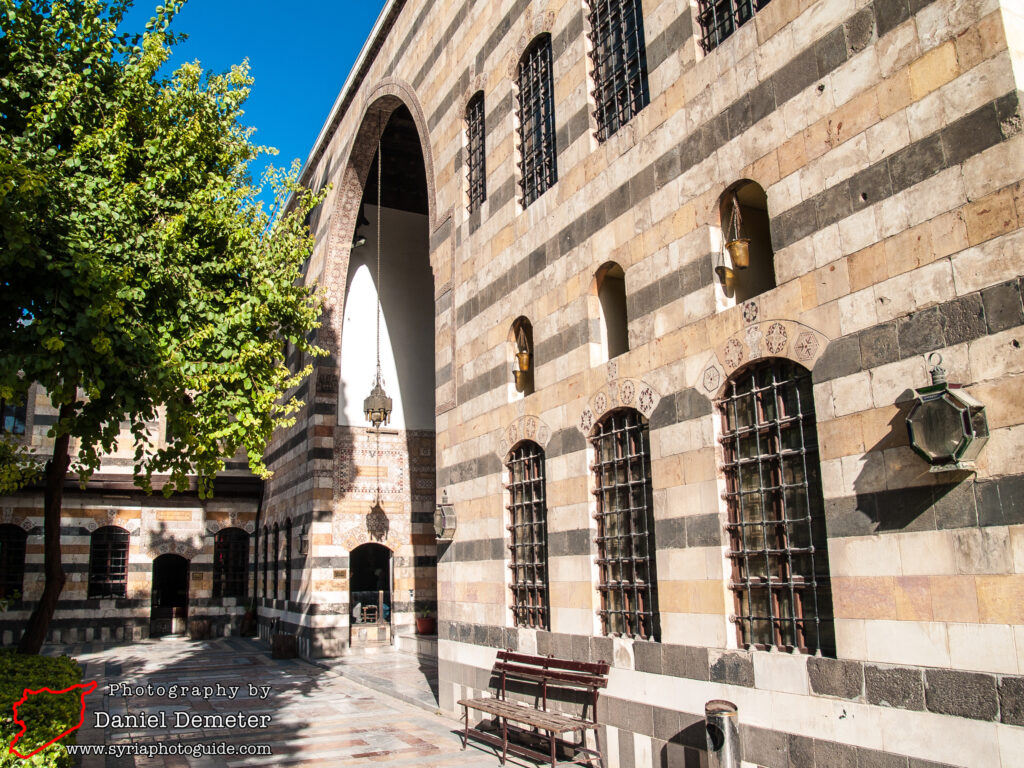
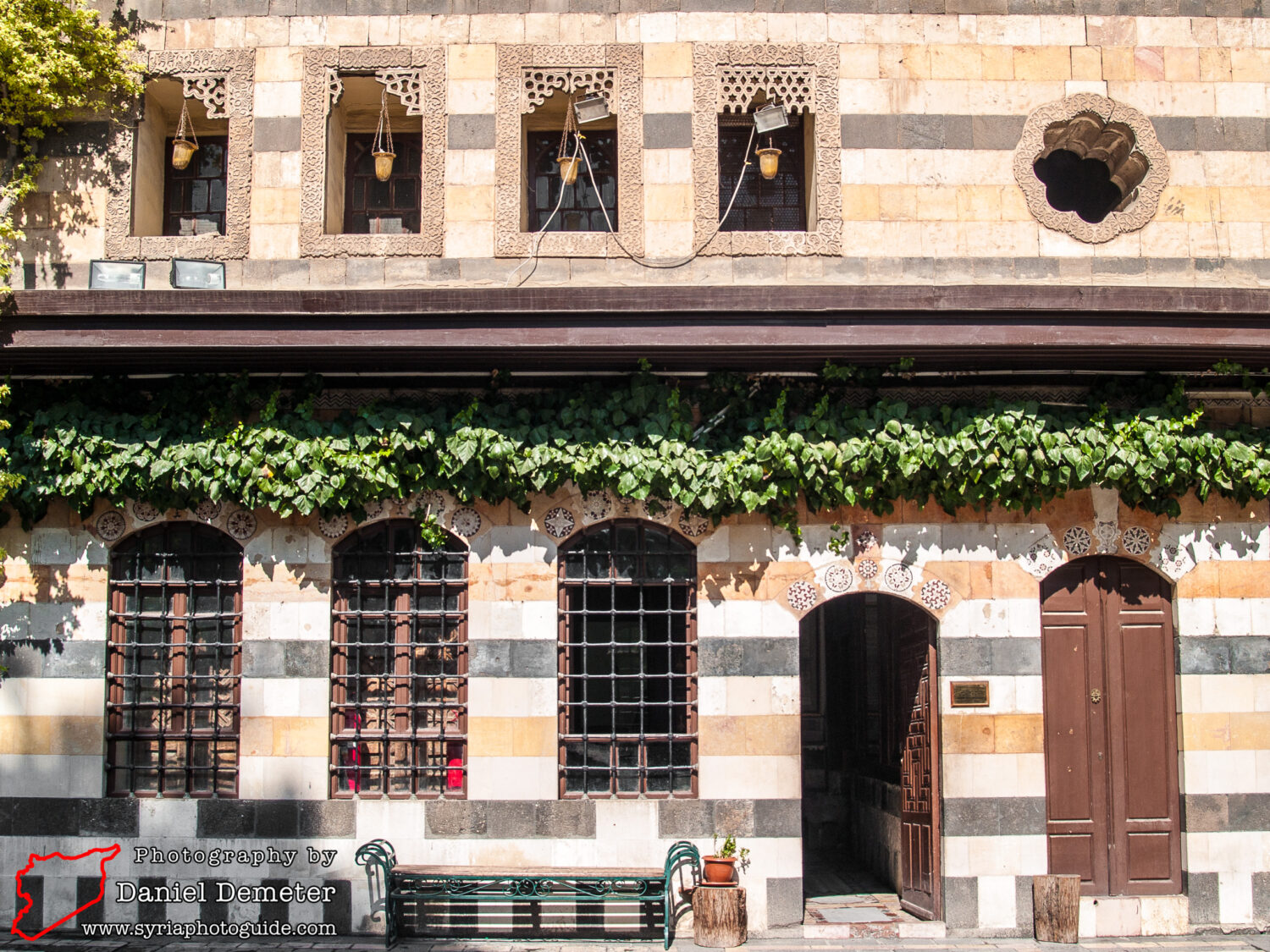
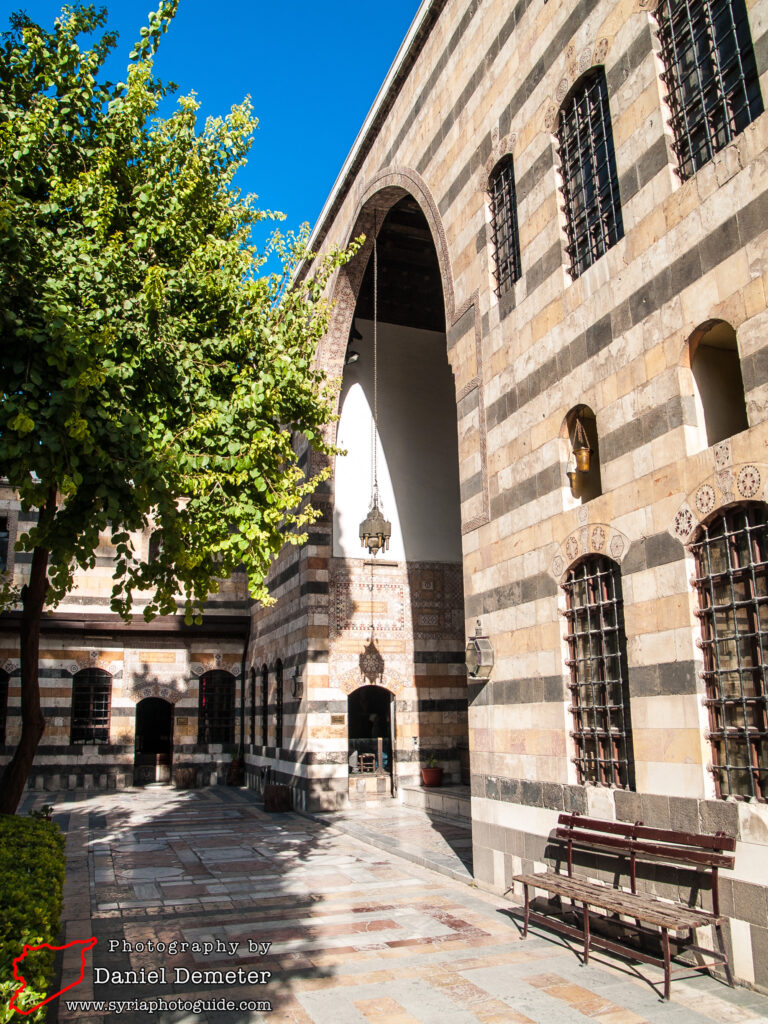
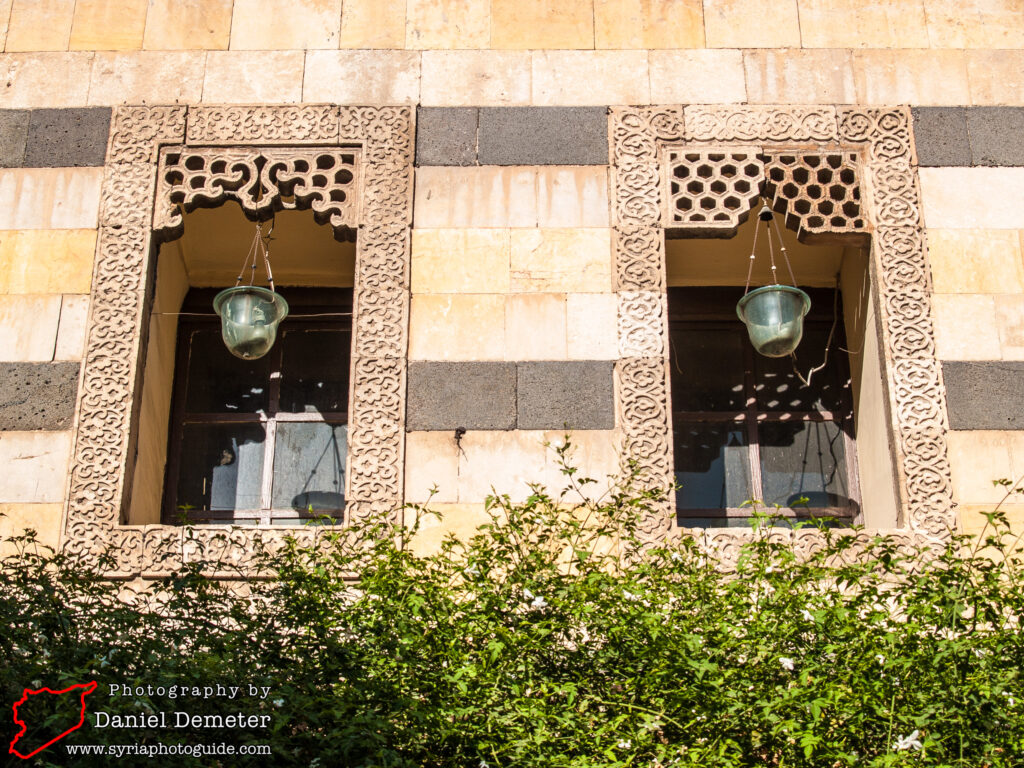
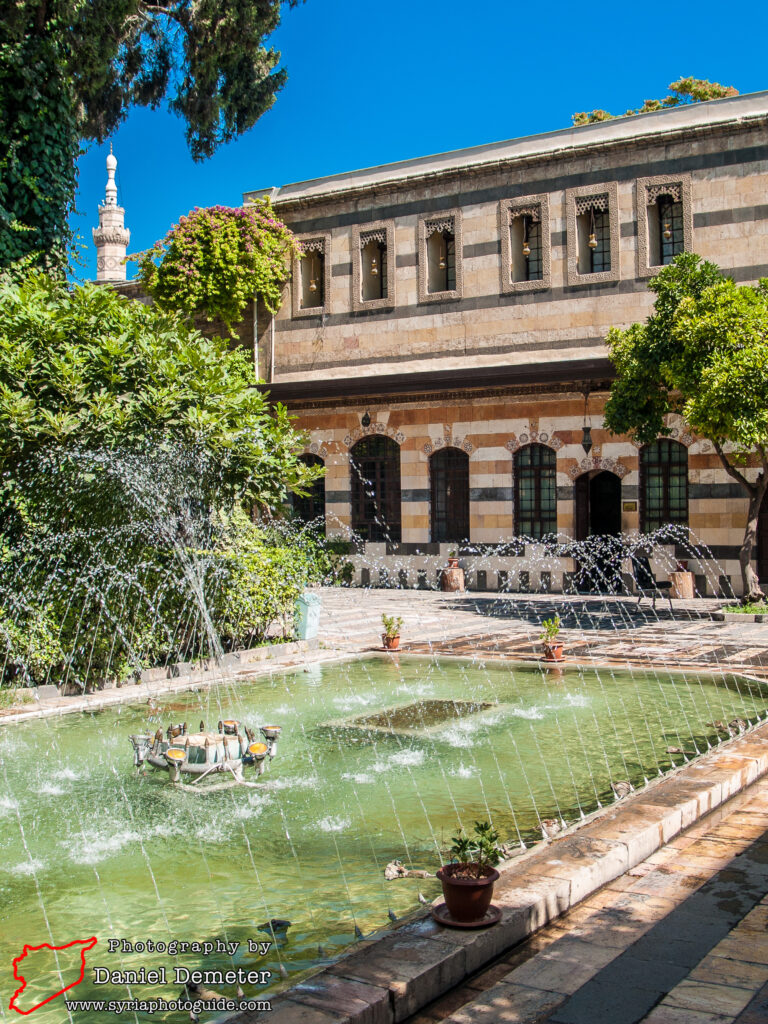
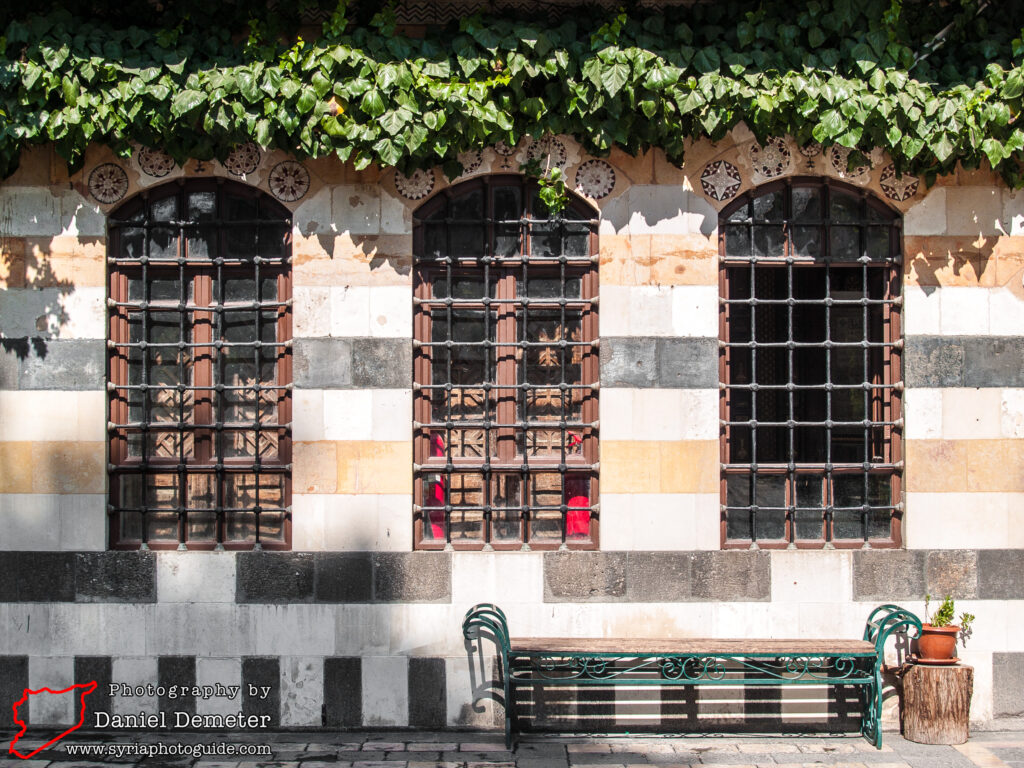
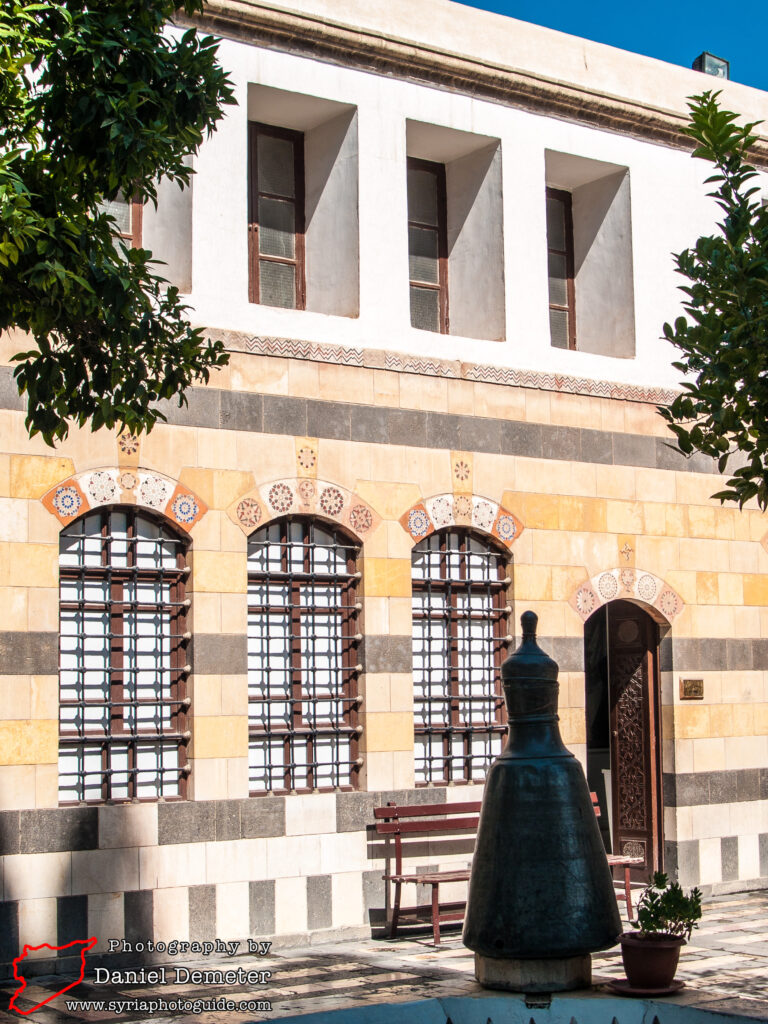
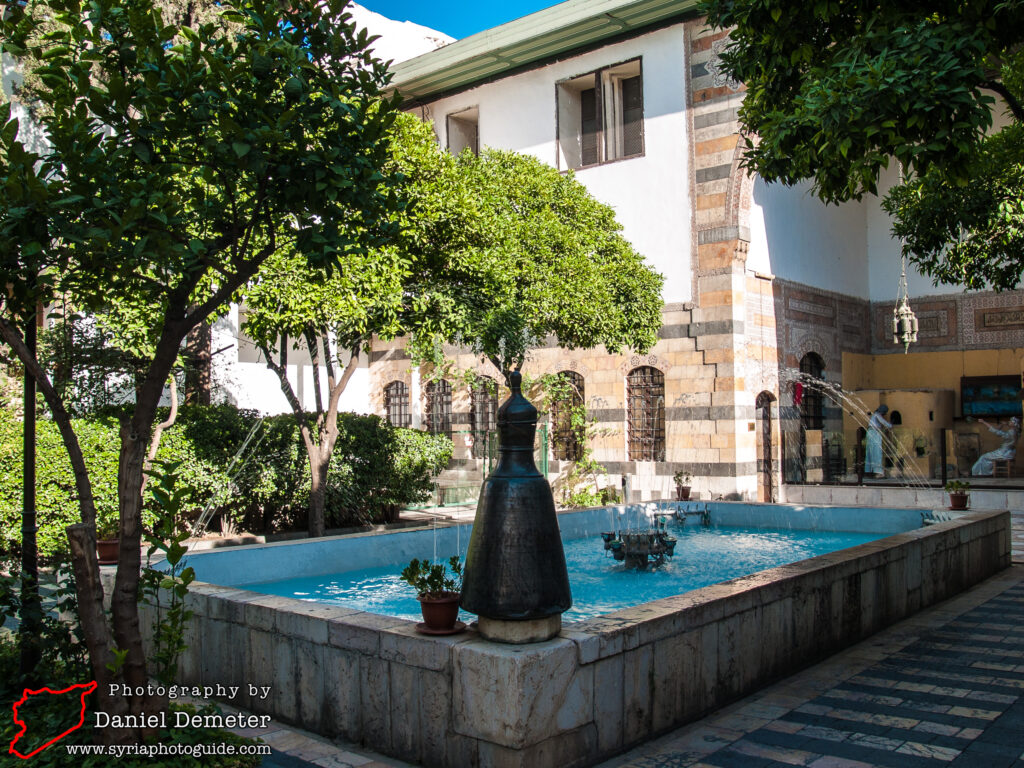
Getting There: Qasr al-Azem (قصر العظم) is centrally located in the old city of Damascus (دمشق), only one hundred meters south of the Umayyad Mosque (الجامع الاموي). The entrance is on the western side of the residence, in the popular spice market near Khan Assad Basha (خان اسعد باشا).
Coordinates: 33°30’37.00″N / 36°18’25.00″E
Transliteration Variants: Qasr al-Azam, Qasr al-Azm
Rating: 7 / 10
